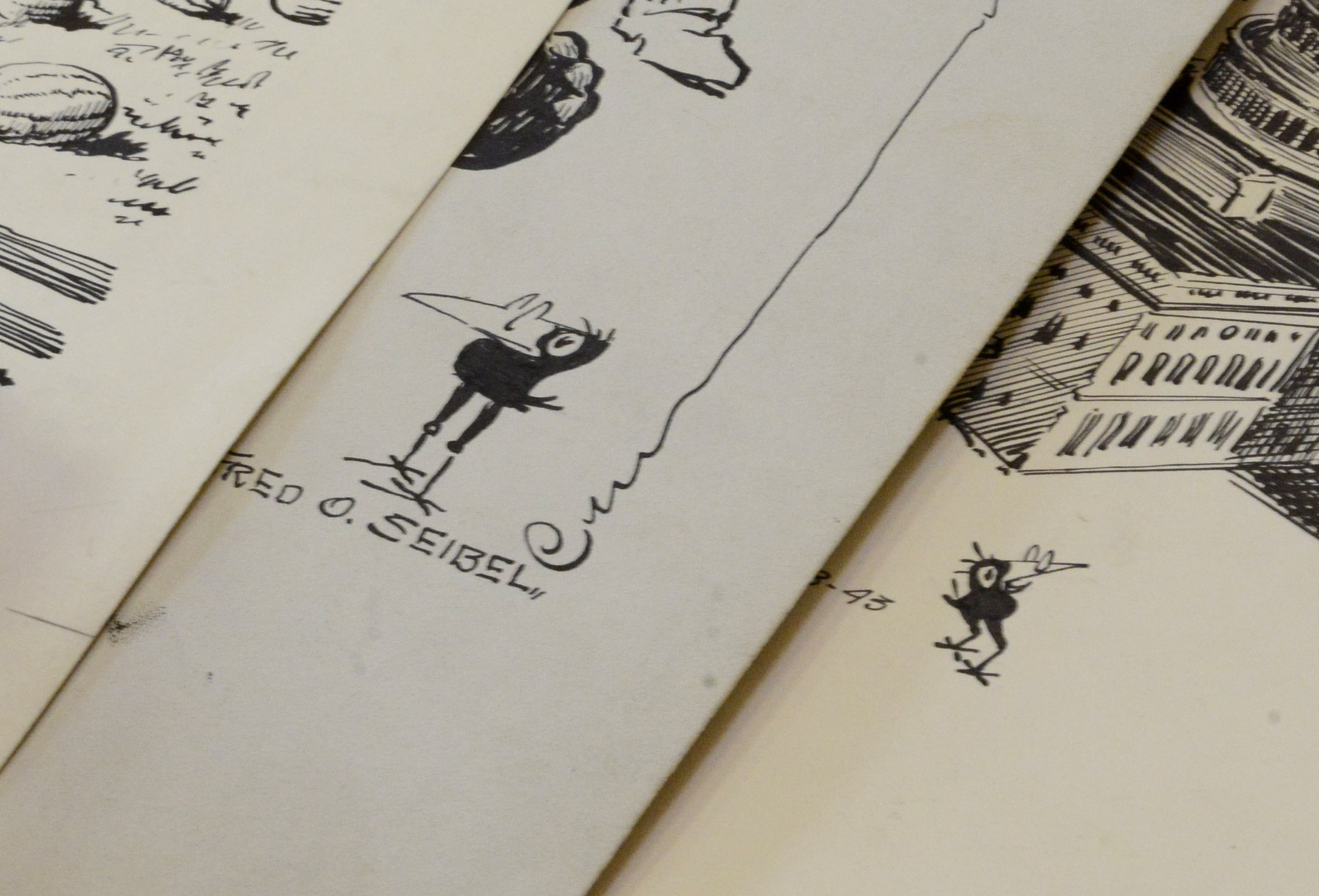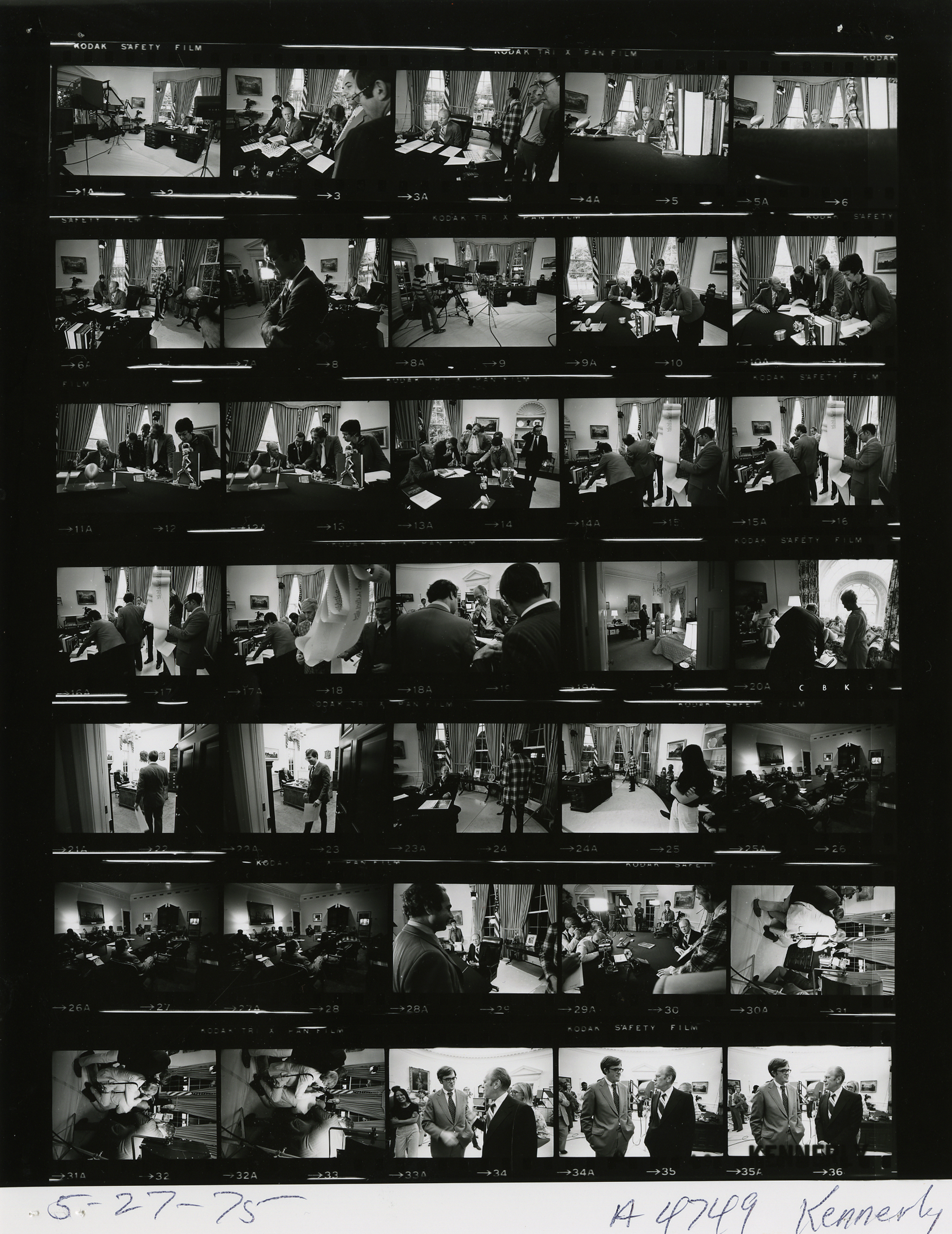Virginia has been home to many well-known politicians and artists, but it can also lay claim to several prominent political artists. Two of the most influential and accomplished are Fred O. Seibel and Jeff MacNelly. Though they were only briefly contemporaries, their outstanding work, iconic characters, and prodigious output demand their recognition as all-time greats in their field. Selections from both artists’ work can be found here at the Virginia Museum of History & Culture, and they are well worth exploring.
Fred O. Seibel (1886–1968) was originally a New Yorker, and established himself as a popular political cartoonist working for the Utica Tribune and the Knickerbocker Press, a publication with a strong Republican bent. In June 1926, he moved to Virginia and began working for the Richmond Times-Dispatch, which prompted an about-face from his previous political leanings. He whole-heartedly embraced the established Democratic tradition found throughout the South and would soon call Virginia his adopted home. Working within the restraints of a single-pane comic, he found countless ways to lampoon current political issues, including the effective use of several recurring characters. “The Colonel” was a physical incarnation of southern democratic tradition, “We The People” represented the working class of America, and his most beloved “Moses Crow” was a witty bird dressed in an amusing variety of outfits found in the corners of most of Seibel’s comics.



